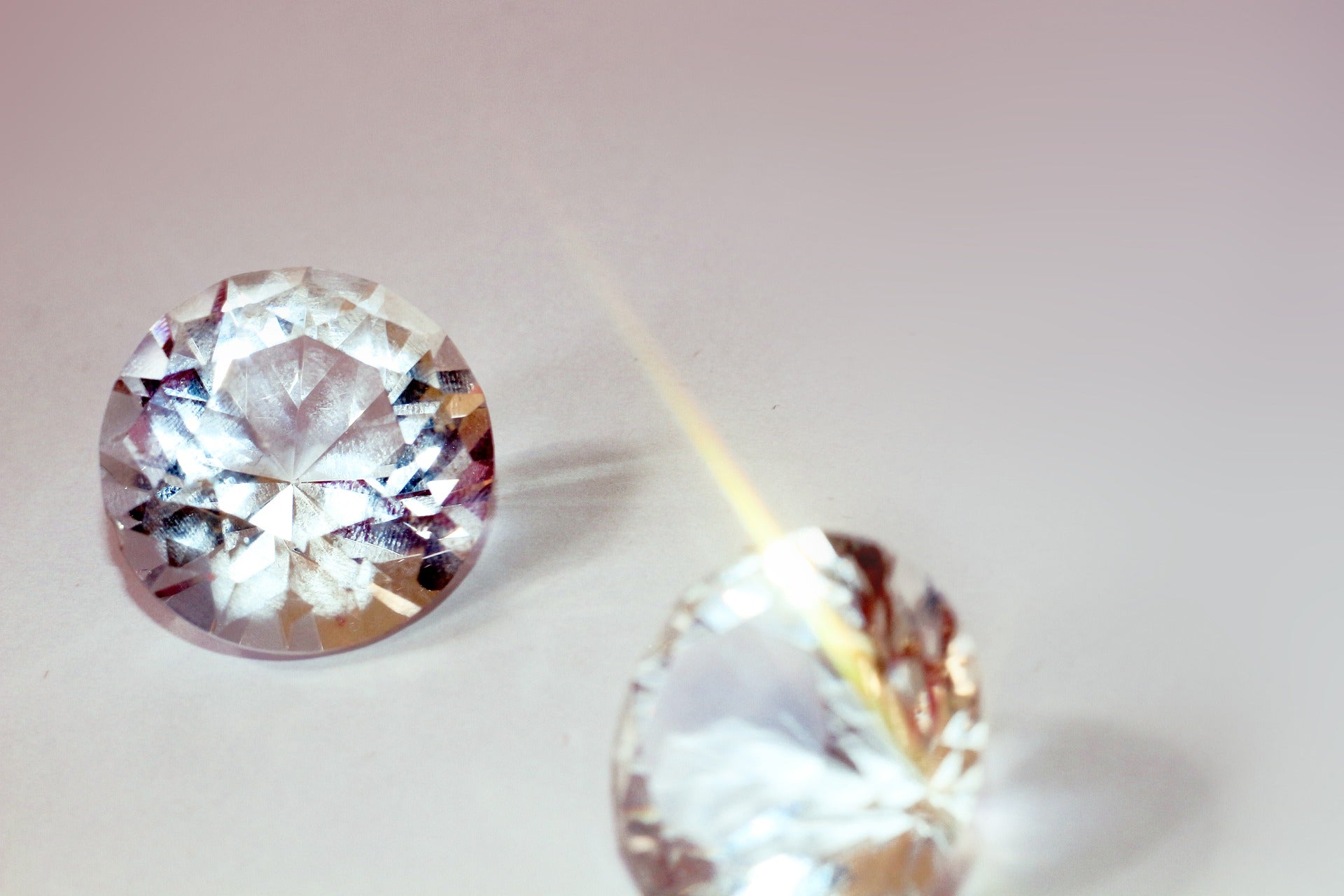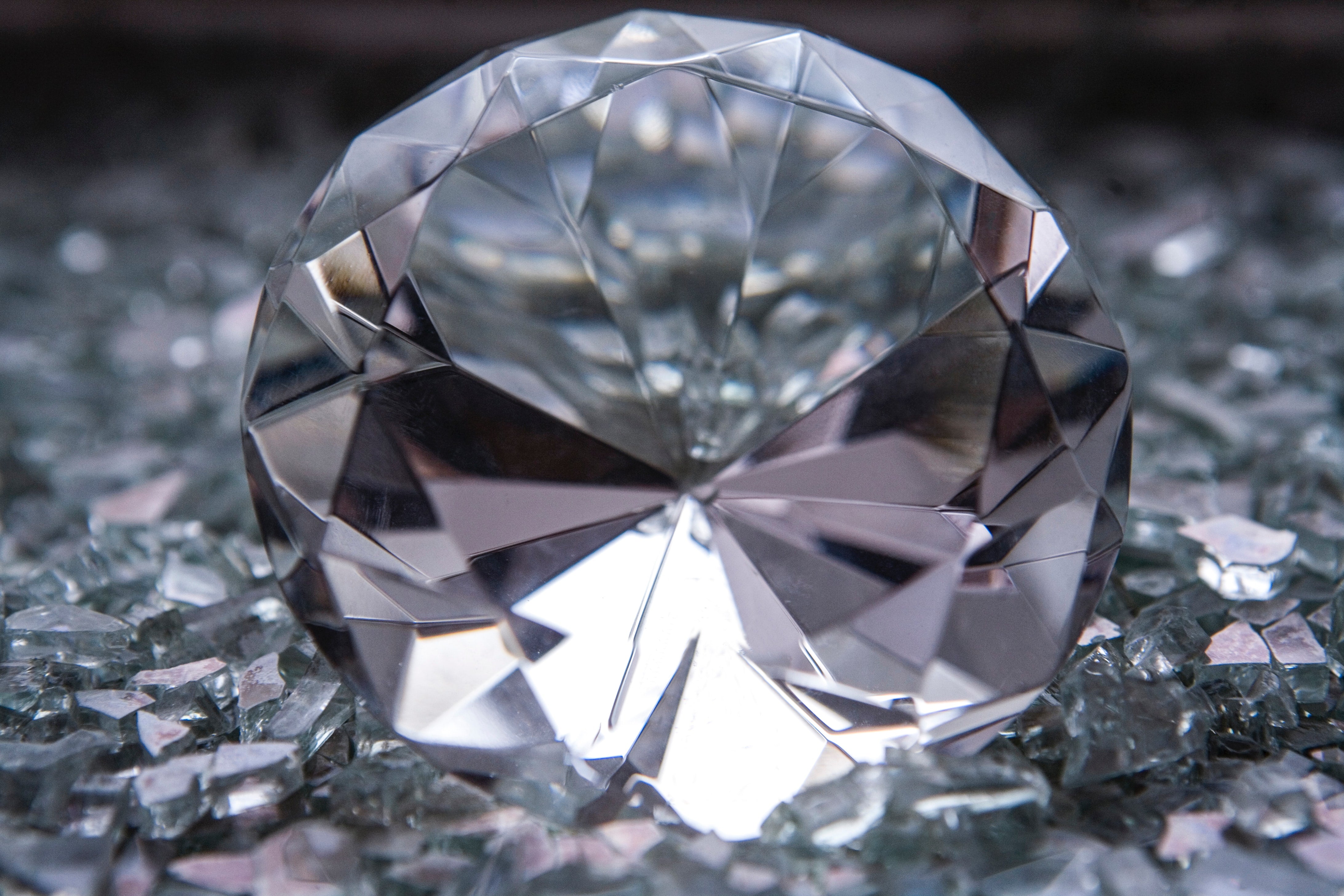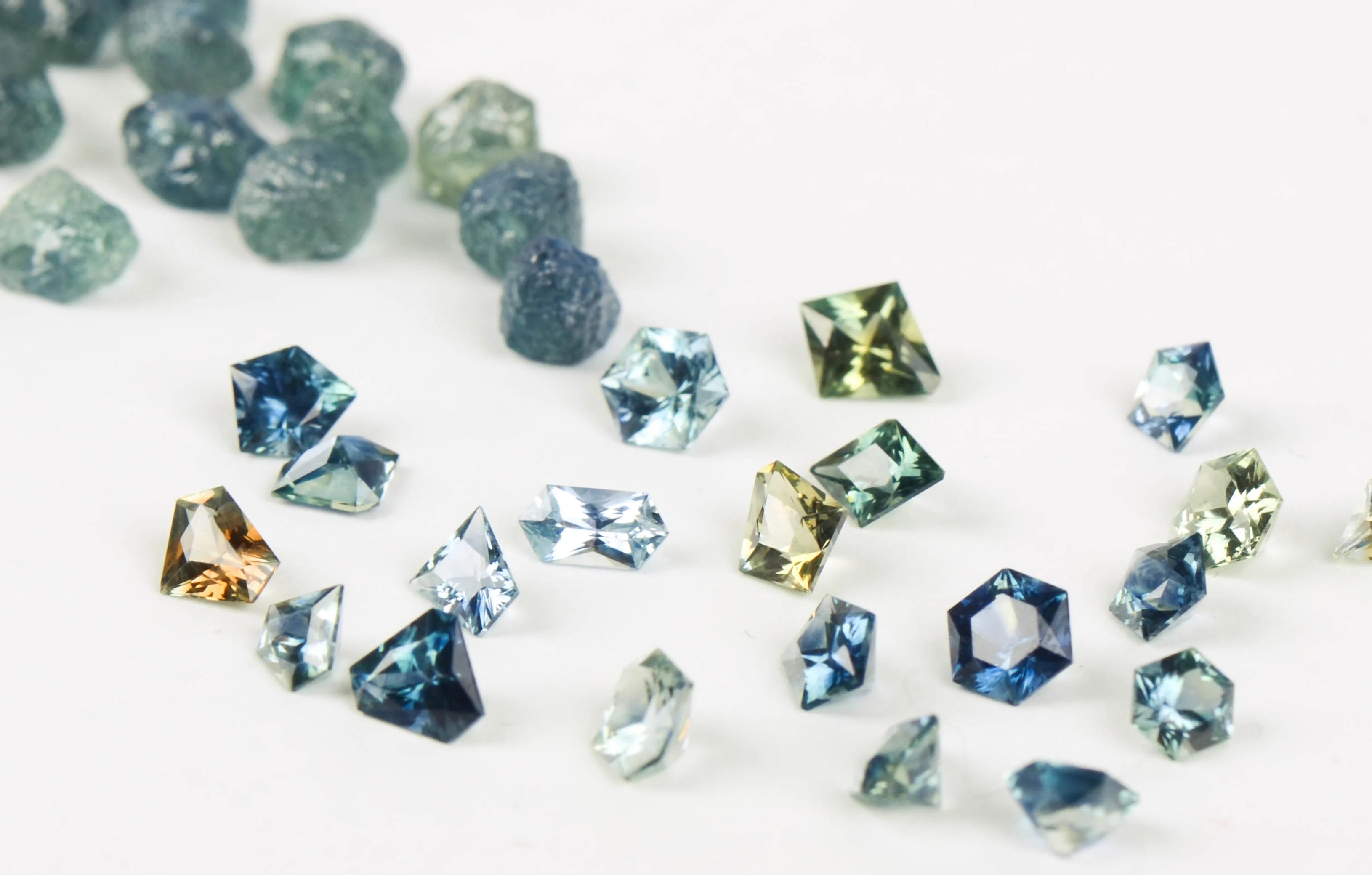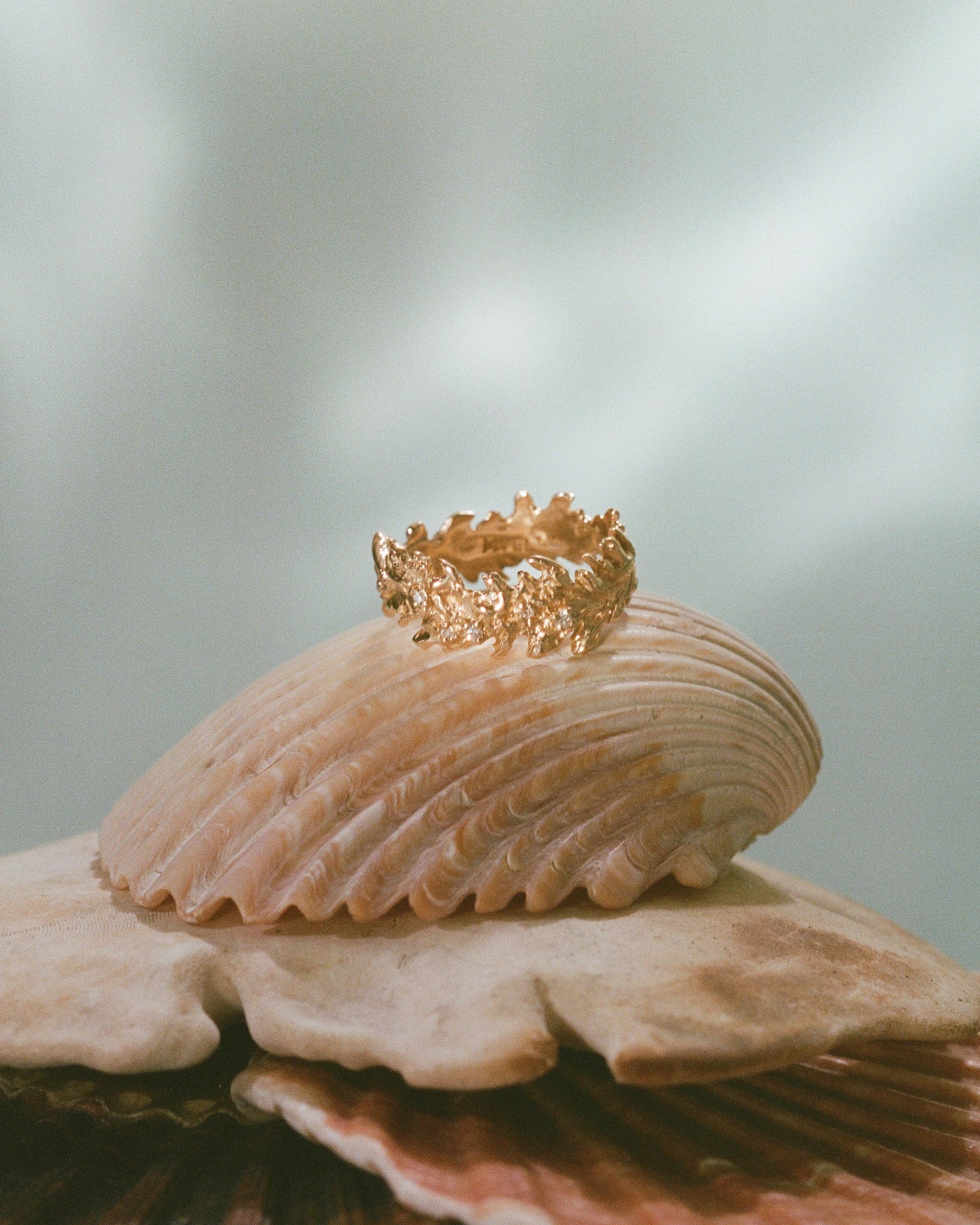All you need to know about lab-grown diamonds

What is a laboratory diamond?
Synthetic diamonds, also known as laboratory or cultured diamonds, are grown in highly controlled laboratories using advanced technological processes.
Laboratory diamonds consist of carbon arranged in the diamond's characteristic crystal structure. Since they are made of the same material as natural diamonds, they have exactly the same atomic composition as natural diamonds. Therefore, they have the same optical and chemical properties. Moreover, it is virtually impossible to differentiate — with the help of a jewelry magnifying glass — between artificial and natural diamonds.
How are laboratory diamonds created?
Man-made diamonds are created from tiny carbon "seeds" of pre-existing diamonds. There are two techniques for diamond formation, either a high pressure high temperature (HPHT) system or a special deposition process called Chemical Vapor Deposition (CVD).
The HPHT system mimics the geological conditions that allow diamonds to form naturally. The diamond layers grow from the carbon seed by subjecting the carbon to high pressure and temperature.
The CVD process is more recent and works in the opposite way to the HPHT method. "Instead of pressing the carbon onto the diamond, the carbon is released to become pure diamond. Moderate heat is applied to a cloud of carbon in a vacuum chamber, causing the diamond atoms to rain down on the diamond seed and make it grow" (Rapaport, 2003).
Some deposited laboratory diamonds (CVD) can also undergo heat and pressure treatment after growth.
Like naturally occurring diamonds, fancy coloured diamonds created in the laboratory are formed when small amounts of specific trace elements are present during the growth phase of the diamond.
The exact composition of the trace elements may differ from that of natural diamonds, for both white and coloured diamonds. Thus, laboratory diamonds can only be distinguished from natural diamonds by testing with specialized equipment capable of detecting small differences in trace elements and crystal growth.
 |
 |
Are laboratory diamonds environmentally responsible?
Due to a lack of transparency, it is difficult to collect accurate data to compare the carbon footprint of mined and laboratory diamonds. Although the energy required to manufacture a laboratory diamond is significant, figures published by Diamond Foundry suggest that the total environmental footprint of mined diamonds is much higher than that of laboratory diamonds. What is certain is that in order to compare and evaluate the ethical level of lab-grown diamonds versus mined diamonds, it is necessary to consider a number of factors, not just the carbon footprint. The total amount of energy required, the type of energy used but also the societal, economic, and humanitarian impacts on local communities are important.
A lab grown diamond produced with solar energy, such as those produced by LUSIX, the first 100% solar-powered diamond producer will have a lesser impact than those produced by a large-scale mine. Plus, mine shaft waste, if not properly managed, can flow into rivers and streams, with potentially disastrous environmental consequences and high risks of pollution.
However, certains mines, if they are well managed can be a true source of income for local communities, such as it is the case in Botswana as we can see by watching the docu-serie Fashionscapes: The Diamonds of Botswana.
We were the poorest country in Africa, and diamonds were discovered just after independence. And the structures that were put in place at that time have benefitted Botswana going forward. I was born in Botswana, I’ve schooled in Botswana, and I’ve gone to University in Botswana, and it’s all because of the diamonds that have created the schools that I’ve schooled at, and even the employment right. Naseem Lahri, Managing Director of Lucara Botswana.
So, what type of diamond should you buy?
The answer is not so obvious when you want to make an ethical choice. At first glance, synthetic diamonds seem like a good option: they are identical to those mined from the earth, are cut and polished in the same way, and receive the same official quality certification. In addition to ensuring that they are not conflict diamonds, their production does not involve the destruction of huge areas of land and the displacement of communities, and all this for a lower cost of the finished product. However, the carbon footprint of a lab grown diamond can be as or more significant than a one extracted from a mine, especially when the latter is artisanal and small-scale. Finally, the social and economic factor is not to be neglected and certain regions of the world depend heavily on the mining industry to support their own development and the lab-grown diamonds can be seen as a threat to divert significant revenues for local communities.
The most ethical solution would therefore be transparency, in order to find out as much as possible about the source of supply and the origin of the diamond. This is why MYEL is committed to informing its customers about the origin of its laboratory diamonds and to sourcing stones that are CSRD (Certified Sustainability Rated Diamond) certified in the coming years.



